How to do Ethiopia
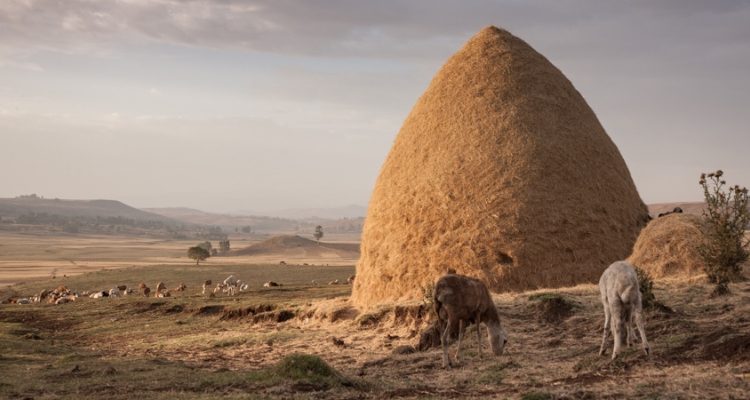
Ethiopia is a big country, more than four times the size of the UK, and it’s the sort of place that an aficionado could spend years travelling around thanks to its rich history, vibrant cultures and amazing scenery. There is also some intriguing wildlife, plentiful activity on offer, and the chance to go wild – almost completely off-grid – for the adventurous.
Because of its size and mountainous terrain, flying is the best way to travel between most of the main destinations. Ethiopian Airlines has an excellent network of efficient internal flights which helps greatly with this. Having driven across a large part of Ethiopia myself, I heartily recommend flying as a much better option.
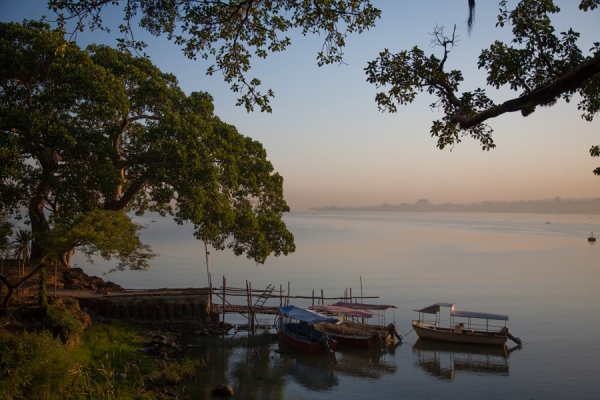
Lake Tana scenery. Photo Silverlees
Addis Ababa is Africa’s highest capital, and one of its largest too, and has a number of amazing buildings, as well as an enormous market. It’s definitely worth spending a day exploring this fascinating city. The Golden Tulip Hotel or the Sheraton Addis Ababa are good places to stay here.
With such variety on offer, it’s wise to pick where you go with care, and to be sure you aim for the things that really interest you. Here are a few ideas to tempt you.
Christian Ethiopia
This is the classic northern circuit, and is a wonderfully rewarding journey into Ethiopia’s long and rich history. Begin with a day to relax and explore Addis and ease yourself into the vibrant life of Ethiopia. Fly to Bahir Dar and enjoy a boat trip on Lake Tana, visiting some of the 20 ancient and beautifully decorated Christian monasteries which are found on islands and remote peninsulas around the lake. It’s also worth seeing the nearby Tissisat Falls, where the Blue Nile plunges 45 metres into a narrow gorge before flowing onwards through a massive canyon reckoned to be as deep and long as the Grand Canyon on its way to Sudan. Bahir Dar itself is a lively town with a good local music scene and busy and interesting markets. Kuriftu Resort is my suggestion here.
Gondar, sometimes called the Camelot of Ethiopia, is just a few hours’ drive from Bahir Dar, and is a fascinating town. It was founded in the early 17th century by the emperor Fasilides, and was the capital of the country until the mid 19th century, when Addis Ababa was founded. A UNESCO World Heritage Site, Fasil Ghebbi is a magnificent walled royal compound consisting of six castles and several other stone buildings. A good choice for accommodation in Gondar is Mayleko Lodge.
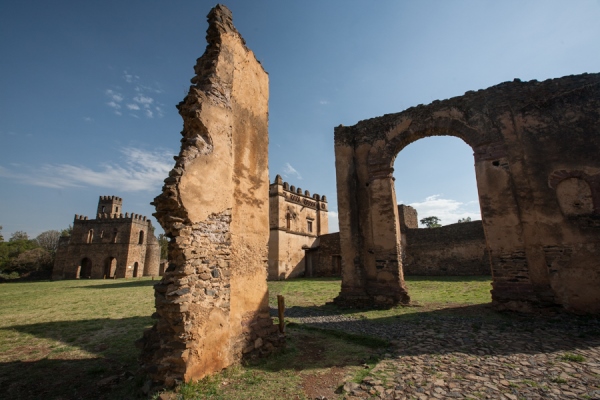
The royal compound at Fasil Ghebbi near Gonda. Photo Silverless
The flight from Gondar to Lalibela takes just 30 minutes, and saves more than six hours’ driving. Lalibela is another of Ethiopia’s World Heritage Sites, and renowned for its rock hewn churches, huge structures that have been carved into solid rock. Most of the churches were carved out between the 7th and 13th centuries, a massive undertaking considering the tools available at the time and the fact that the rock is basalt. With 11 churches to explore, it’s worth spending at least two nights here, and the Maribela Hotel is a good place to stay.
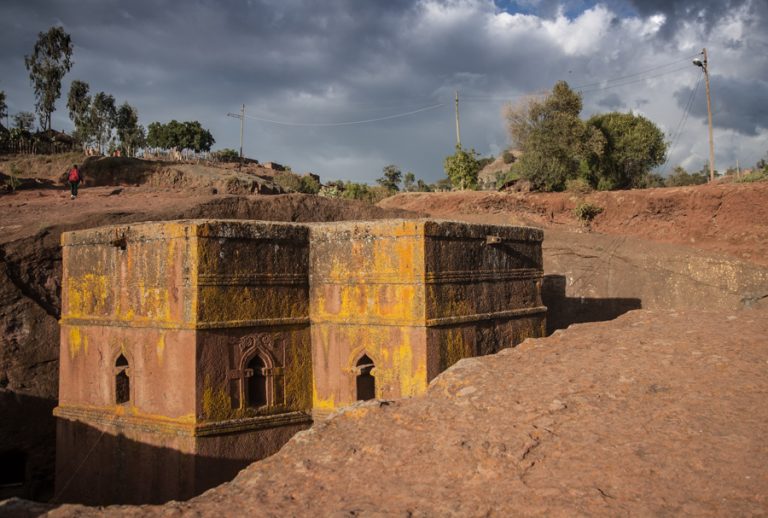
One of the rock hewn churches at Lalibela. Photo Silverlees
Axum is in Tigrai region in the far north of Ethiopia. Although it is a relatively small town, it is the most important centre of Christianity in Ethiopia as it is where the Orthodox Church was first established in the 4th century AD. It has been an important centre for several thousand years, and was the hub of a large trading empire extending into Yemen and Sudan for more than 1,000 years. Evidence of pre-Christian traditions can be seen in the Stelae field, which consists of a number of carved standing obelisks, the oldest of which may be 5,000 years. You should also visit Maryam Tsion, the headquarters of the Ethiopian Orthodox Church where the Ark Of The Covenant is said to be kept in a separate chapel, to which access is forbidden for all but the guardian monk. I have no idea what Indiana Jones would have to say about this, but it’s a good story. Sabean Hotel is ideal for an overnight stay.
Wildlife and culture
For a good mix of culture, scenery and wildlife, the following itinerary works really well.
Begin with a night in Addis Ababa to see the city’s highlights. Then, fly to Bahir Dar for two nights to explore the amazing monasteries around Lake Tana, enjoy the buzz of Bahir Dar town, and see the Tissisat Falls. Afterwards, travel onwards to Gondar for two nights to allow a full day to explore Fasil Ghebbi.
From Gondar, it’s a two to three hour drive up into the Simien Mountains where you will find one of Ethiopia’s most spectacular landscapes, with towering mountains plunging into deep valleys. They are also home to Ethiopia’s highest peak, Ras Dashen, which rises to 4,550 metres. Endemic wildlife such as gelada baboons are often seen beside the road and close to villages, and Walia ibex can be seen perched on seemingly vertical cliff faces if you’re patient enough to take the time for a longer walk. The birdlife is also excellent with a number of endemic species enjoying life among the high-altitude moorland vegetation. It’s well worth staying here for three nights, and possibly more if you’re a keen walker. Limalimo Lodge has a spectacular setting on the edge of an escarpment just outside the national park.
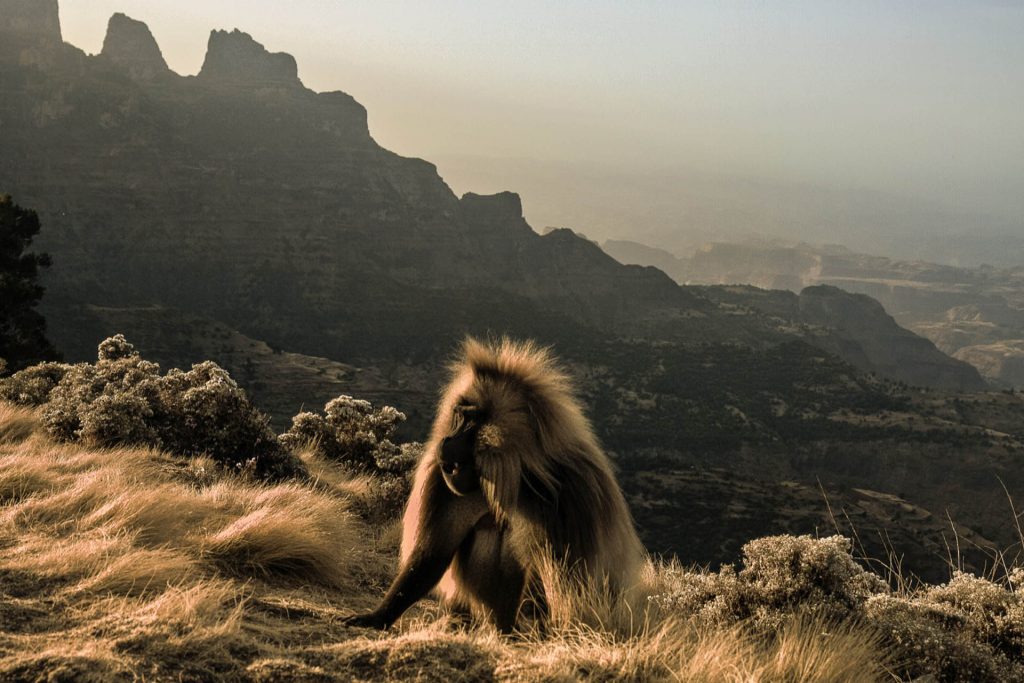
Gelada baboon in the Simien Mountains. Limalimo Lodge
Once you leave the Simien Mountains, you’ll return to Gondar and fly to Addis. I’d suggest that you connect to the Bale Mountains National Park by air which takes about an hour, instead of five or more by road. Bale Mountain Lodge has a glorious setting in a glade in the Harenna Forest at the foot of the southern side of the mountains themselves. The lodge arranges drives up to the Sanetti Plateau to see the Ethiopian wolf, and walks in the forest to look for Menelik’s bushbuck, mountain nyala, Bale monkey, as well as numerous endemic bird species such as the blue-winged goose. A three night stay here is ideal for getting the best out of the wildlife viewing and the very beautiful and species-rich forest.
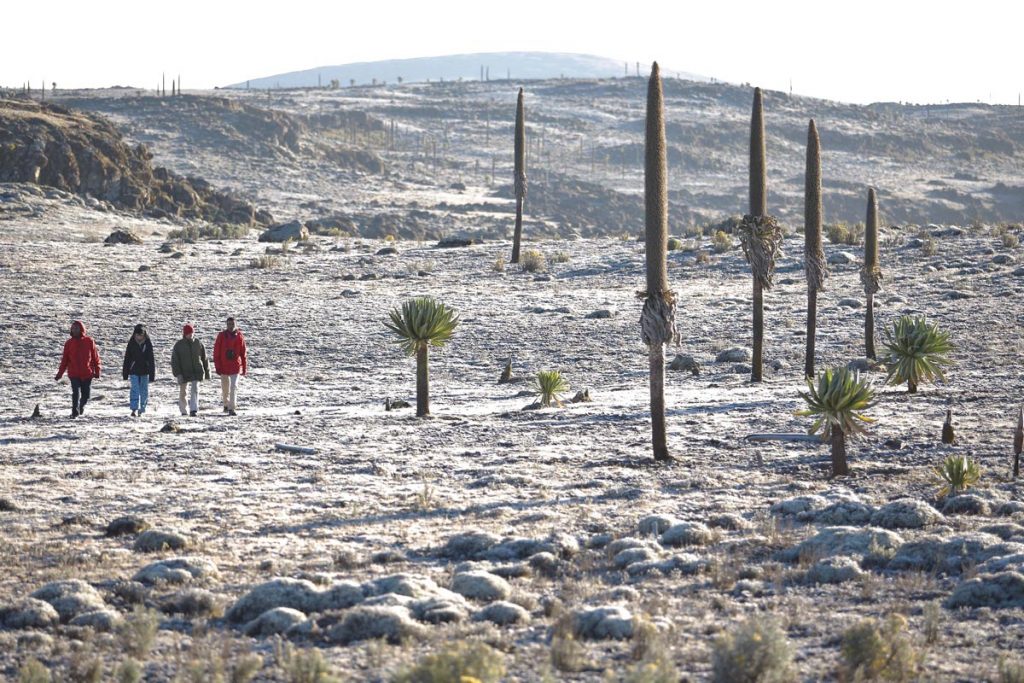
High altitude walking in the Bale Mountains. Bale Mountain Lodge
After the Bale Mountains, there are a couple of options;
Firstly, it’s possible return to Addis by road, taking in the amazing chain of lakes in the Great Rift Valley, and perhaps spend a night or two here to enjoy some excellent bird-watching.
Or, fly to the Omo Valley, and stay at Lale’s Camp for three nights or so. The birdlife and wildlife in the Omo Valley is prolific, with Pel’s fishing owl among the species that can be seen here. Combining this with the fascinating tribal culture of the region makes it a very special place to visit.
Ethiopia off the beaten track
It might come as a surprise that it’s possible to escape the crowds in such a populous country, but because it’s so big and the majority of the population lives in the highland regions, the lowlands (and even parts of the highlands) can offer real wilderness and off-grid experiences.
The Simien Mountains are the first stop, and a two night trek through this spectacular landscape is a lovely introduction. Camping at high altitude can be cold at night, so please ask about the best time of year if this is something you would like to include.
Further north, Tigray offers some wonderful trekking through remote villages, sleeping in village guesthouses each night. Accompanied by expert local guides, this is a wonderful way to get deep into the lives and culture of the fascinating Tigrayan people, among the most industrious you’d ever meet.
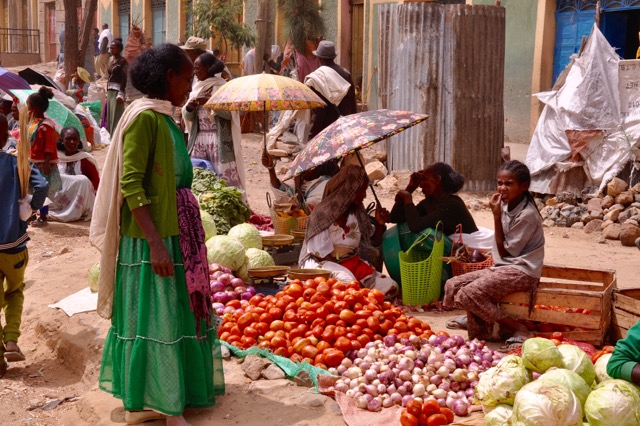
Vegetable sellers at Tigray market
Descending eastwards from the highlands of Tigrai, it seems like you drop into the bowels of the earth in the Danakil region, the lowest and hottest place in Africa. You might be able to see Erta Ale, the live volcano with a bubbling glowing lava lake in its crater, caravans of heavily laden camels heading west with slabs of salt mined from the delta of the Awash River, which dries out and gives up its ambition of reaching the sea here, and also meet some of the Afar people. They are noted for being fierce, and considering the environment they live in who can blame them?
Once you’ve returned to the civilisation of Addis to hose the desert dust off, head onwards to the Bale Mountains, where it’s possible to trek across the Sanetti Plateau for three or more days. It’s also really cold up here at night, so be well prepared.
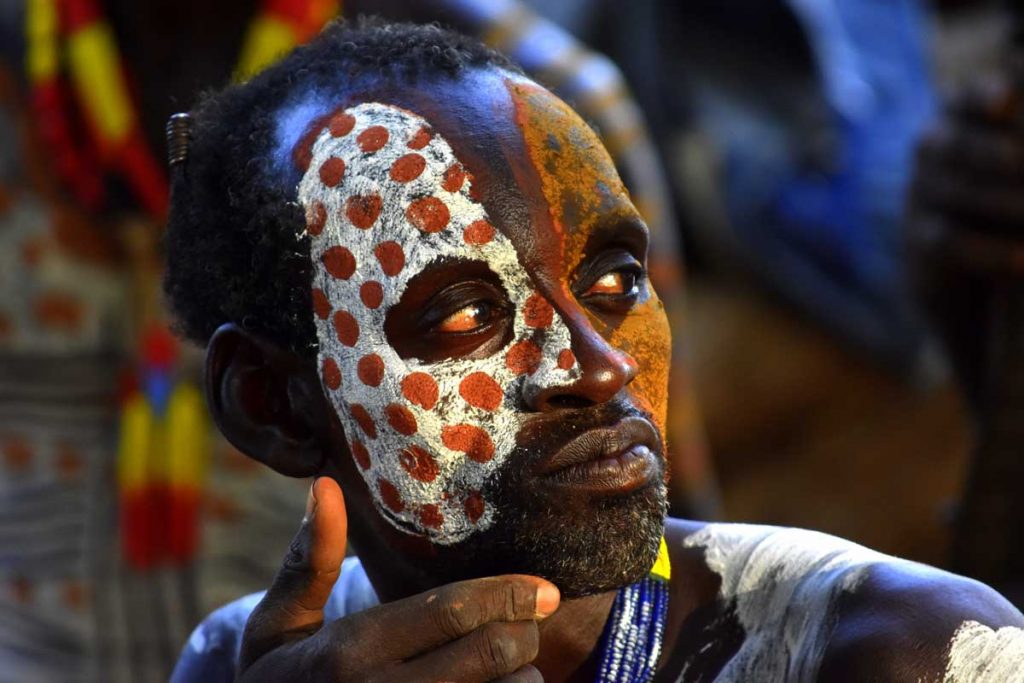
Kara man in the Omo Valley. Chris Tinkler
Finally, the Omo Valley has to be one of the best off-grid destinations in Africa. Lale’s Camp and its associated fly camps are perfect for escaping the 21st century and returning to the Africa of the 18th century, no roads, power lines, motors, or phone signal. Stay here for four nights and spend a night in the Mursi people’s village in Maga National Park, and a night in a Hamar village in addition to two in Lale’s Camp itself. An extraordinary place, brought to life by the incredible knowledge and guiding of Lale Biwa.
What next?
If this has inspired you to dream about future safaris, please do get in touch – we would be delighted to chat, no matter how early in the decision making process you might be. Email is probably the best way to contact us right now and we’ll respond as quickly as we can – usually on the same day. We very much look forward to talking to you.

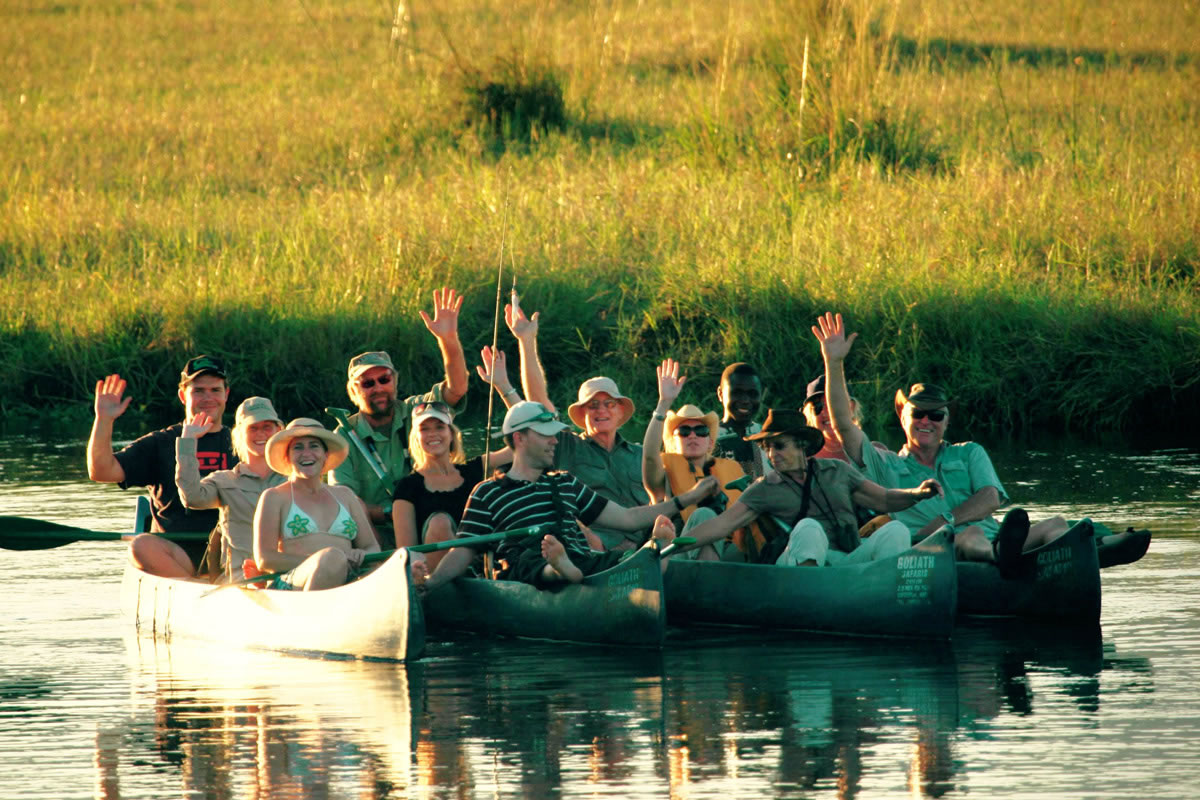
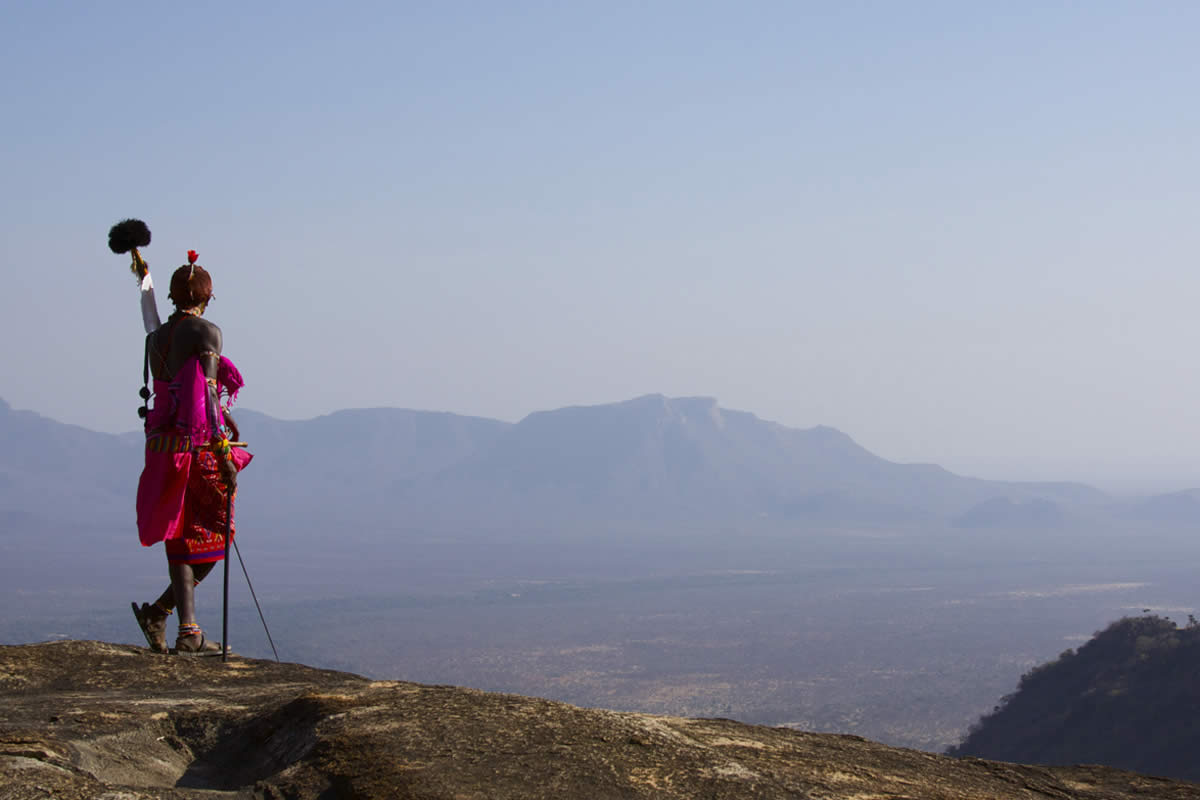
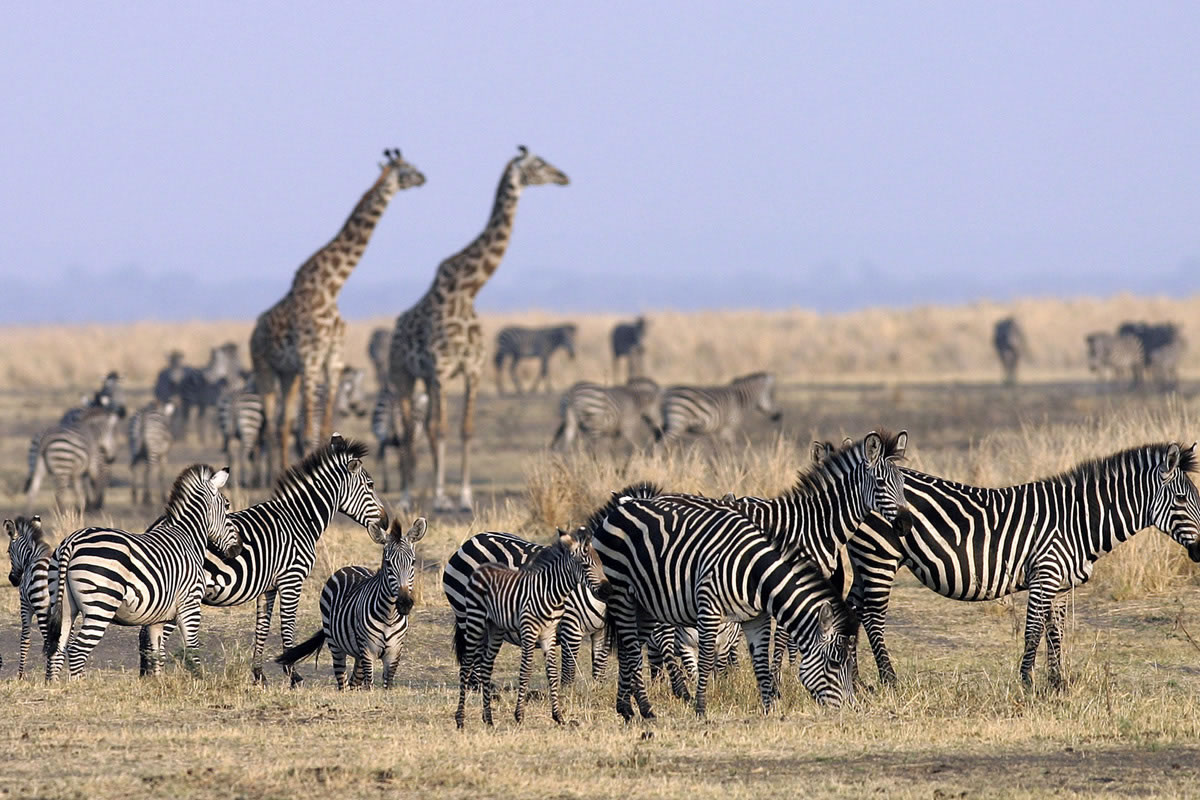

Hello
So glad to cone across this posting.
Well I have only 5 days to do Ethiopia for now. Main interest is nature:/landscape photography.
Initial plan was to drive everywhere but I don’t think I have the luxury of time to do that.
How about flying to Bahir Dar and self-drive/explore from there? Is that do-able?
Thank you so much.
Rafiee
I’ve passed this to one of our experts to contact you with ideas